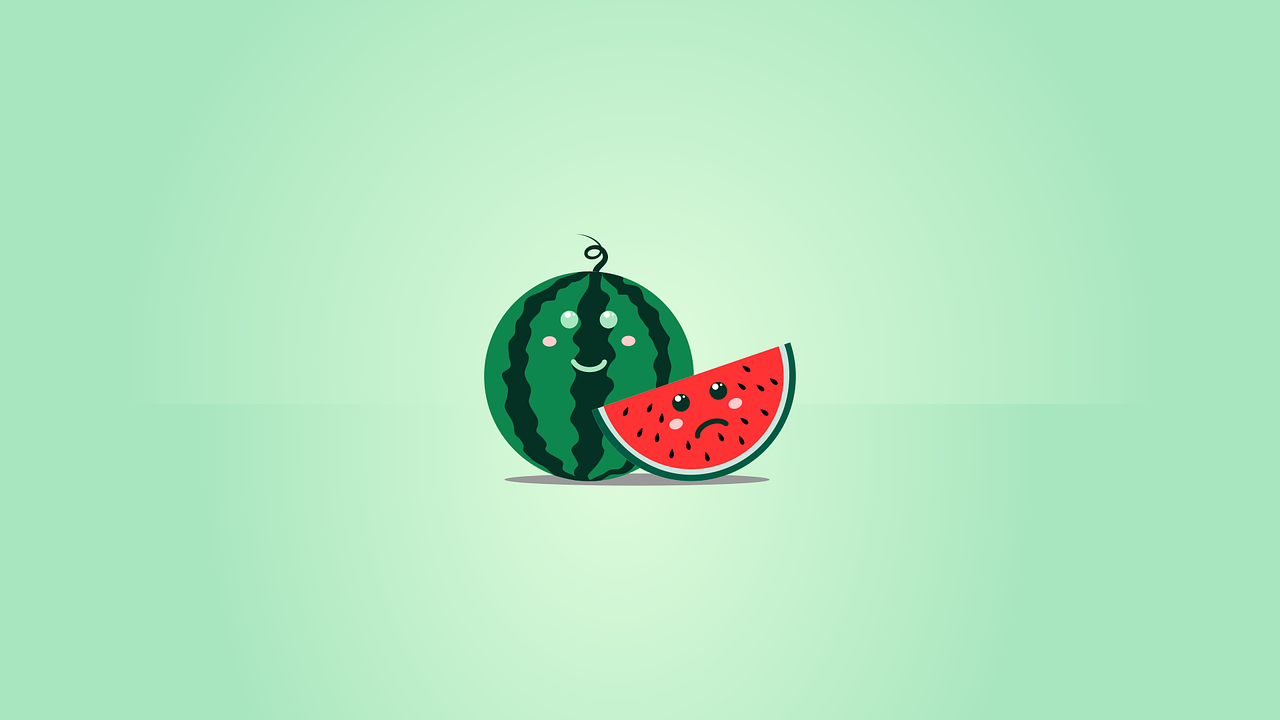Associative learning, often viewed as a simplistic form of learning, involves the formation of connections between stimuli and responses. This form of learning is fundamental not only to human cognition but also to the behavior of many animals, including pigeons. Despite its seemingly straightforward nature, associative learning powers some of the most complex cognitive tasks, and recent research has shown that pigeons, when equipped with this learning mechanism, can solve tasks that would leave most humans scratching their heads.
The study of associative learning in animals has long been a subject of interest in the field of cognitive psychology. It challenges our traditional notions of intelligence and forces us to reconsider the cognitive capabilities of non-human species. Pigeons, in particular, have been the focus of several studies due to their remarkable ability to learn and remember complex associations. Their performance in these tasks often rivals, and sometimes surpasses, that of humans, leading to a reevaluation of the cognitive limits of these birds.
One of the key aspects of associative learning is its flexibility and adaptability. Unlike more rigid learning mechanisms, associative learning allows for the rapid formation and modification of connections based on experience. This flexibility is what enables pigeons, and by extension, other animals, to excel in tasks that require pattern recognition, categorization, and even some forms of problem-solving. For instance, pigeons have been trained to distinguish between different paintings by famous artists, a task that many humans would find challenging without prior exposure to art history.
The implications of this research extend beyond simply understanding the cognitive abilities of pigeons. It also has significant implications for the development of artificial intelligence (AI). AI systems, much like pigeons, rely heavily on associative learning to accomplish complex tasks. By studying the associative learning mechanisms of pigeons, researchers can gain insights into how to improve AI systems, making them more adaptable, efficient, and capable of performing tasks that were once thought to be the exclusive domain of human intelligence.
However, the ability of pigeons to solve complex tasks through associative learning also raises questions about the nature of intelligence itself. If pigeons, with their relatively simple brains, can perform such tasks, what does that say about the complexity of the human brain? Are we overestimating the sophistication of our own cognitive processes, or are there other factors at play that we have yet to fully understand? These are complex questions that do not have easy answers, but they are questions that must be asked if we are to gain a deeper understanding of intelligence in both humans and animals.
In conclusion, the research on associative learning in pigeons not only challenges our understanding of animal cognition but also forces us to reconsider the limits of human intelligence. By demonstrating that pigeons can solve tasks that would stump most people, this research opens up new avenues for understanding the cognitive processes that underlie learning and problem-solving. It also highlights the importance of associative learning not only in the natural world but in the development of AI systems. As we continue to explore the cognitive capabilities of animals and the mechanisms of associative learning, we may find that the boundaries between human and non-human intelligence are not as clear as we once thought.




发表评论 取消回复